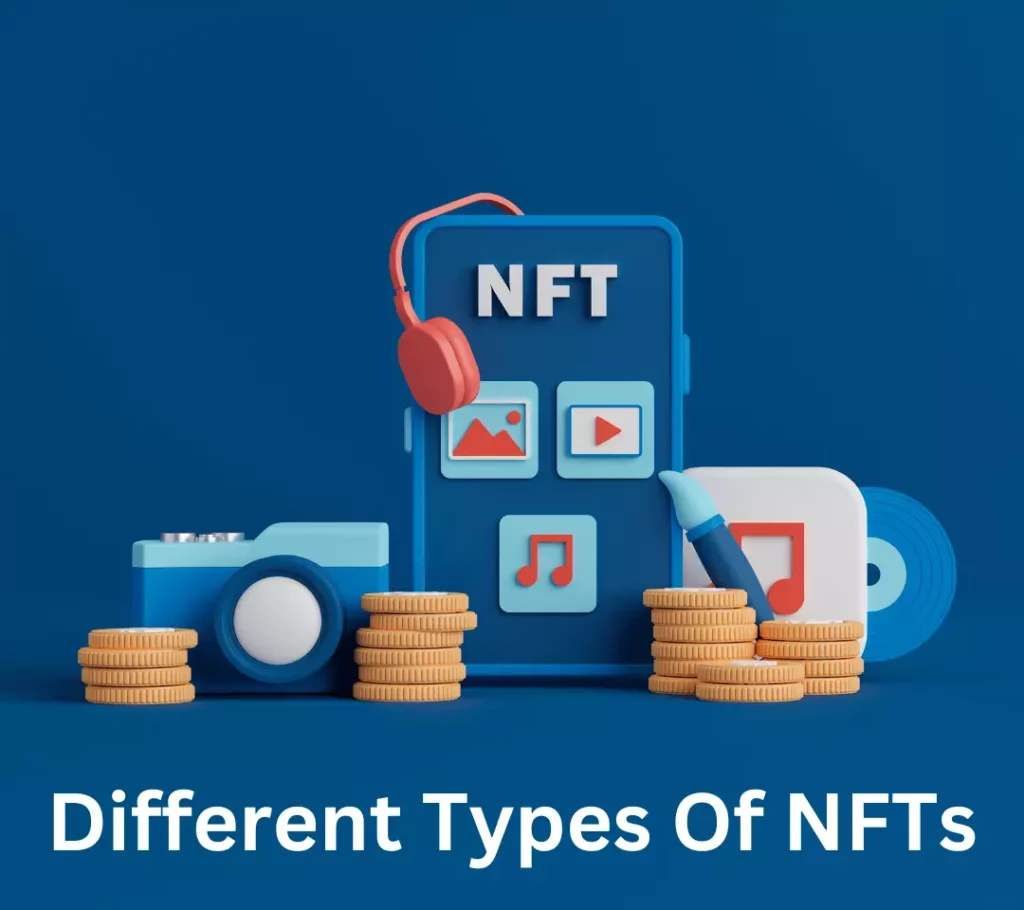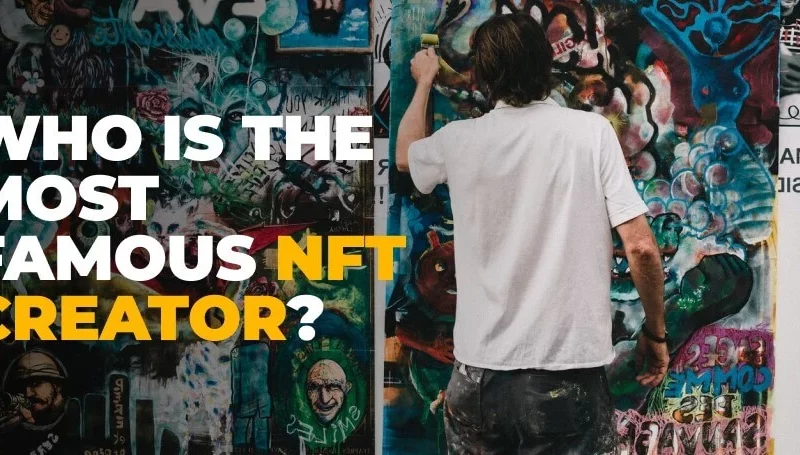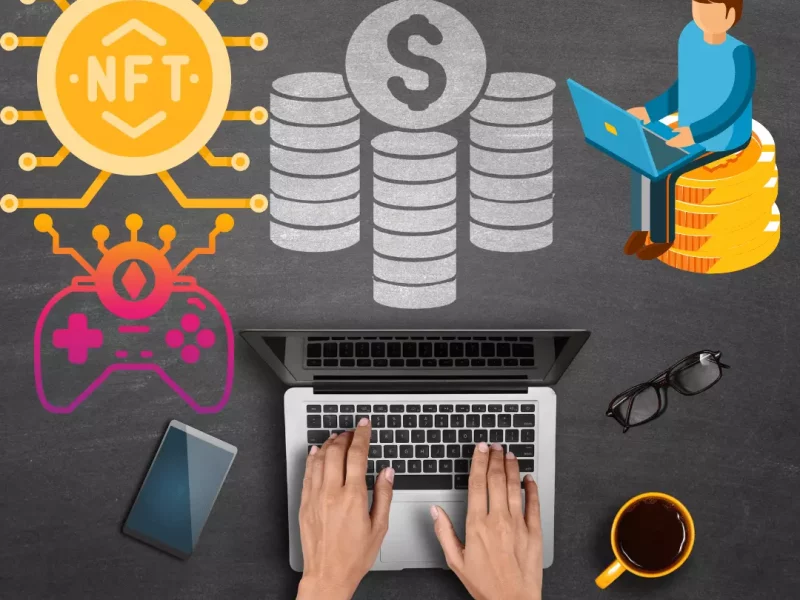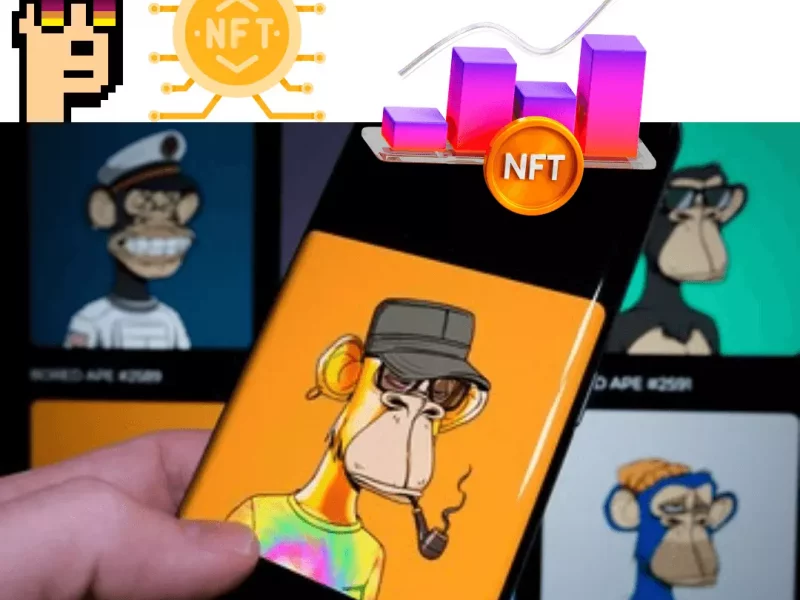Non-fungible tokens, or NFTs, are one of the most popular forms of digital asset that witnessed a fair share of a boom in 2021. And rightly so. By allowing buyers to own unique and one-of-a-kind assets on the blockchain network, they’ve opened up countless opportunities for investors, developers, creators and commentators alike to provide instantaneous and unquestioned ownership. With their popularity, the use cases of NFTs have been rising by the day. From gaming assets to digital artwork to digital identities, NFTs have crept into our lives slowly but surely. Read on to learn more about some common categories these NFTs take!
Different Types of NFTs
Non-fungible tokens (NFTs) are digital assets that represent unique ownership of a specific item. These items range from digital art and collectibles to real-world assets and identity verification. Here are some common categories of NFTs:
1. Collectibles
Remember the excitement of collecting rare trading cards and stamps? Now, you can experience the same thrill with NFT collectibles! For example, CryptoKitties is a popular NFT collectible game that allows users to breed, trade, and collect unique digital cats.
2. Artwork
These types of NFTs have become a popular way for digital artists to sell their work, as they allow artists to retain ownership of their creations and earn royalties on future sales. Some popular examples of NFT art include “The First 5000 Days” by Beeple, which sold for a record-breaking $69 million, and “Crossroads” by Trevor Jones, which sold for a whopping $6.6 million.
However, there is a downside to these expensive NFTs – they create an entry barrier for small investors. So, how do we promote equity in the NFT space for all investors? Fractional NFTs could be the answer. Fractional NFTs, also known as fractional ownership, allow multiple people to own a piece of a single NFT, breaking it down into smaller, more affordable pieces.
These types of NFTs can make it easier for people to invest in high-value NFTs that may otherwise be out of their price range. Fractional NFTs are similar to traditional investment models, where people can buy and sell company shares. With this category of NFTs, investors can buy and sell fractions of the NFT, and the value of each fraction is proportional to the overall value of the NFT. Platforms like Ommniverse provide allows buyers to trade and purchase fractional NFTs.
3. Event tickets
One of the categories of NFTs can be used to represent unique event tickets, such as concert tickets, sports tickets, and other live events. These tokens can be used to verify ticket ownership, prevent scalping and fraud, and provide access to exclusive perks and experiences. For example, Tribeca Film Festival recently announced that it would sell VIP passes as NFTs.
4. Music and media
These types of NFTs represent unique digital media, such as music, videos, and other content. These tokens can provide a way for artists and creators to monetize their work and give fans a way to support their favourite artists and own a piece of their music or other content.
5. Gaming
This is a common category of NFTs that are unique in-game items such as weapons, skins, and other virtual goods. These types of NFTs can provide a way for gamers to own and trade unique items, as well as provide a new revenue stream for game developers. One popular example of an NFT gaming platform is Axie Infinity, which uses NFTs to represent creatures players can battle and trade.
6. Virtual items
NFTs can represent unique virtual items such as clothing, accessories, and other virtual goods. These tokens can be used in virtual worlds and games, allowing users to own and trade unique items. Decentraland is a virtual world where users can buy and sell virtual land using NFTs.
7. Real-world assets
NFTs can represent ownership of real-world assets such as real estate, cars, and other physical items. These tokens can provide a way to verify ownership, transfer ownership, and streamline the buying and selling process.
8. Identity
These types of NFTs represent unique digital identities, providing a secure and decentralized way to verify identity and prevent fraud. These tokens can be used in various applications, from online banking to social media. For example, the digital identity platform Civic uses NFTs to provide secure and decentralized identity verification.
9. Memes
Another category of NFTs can represent unique memes and other digital content, allowing creators to monetize their work and for fans to own a piece of internet history. For example, the Nyan Cat meme was recently sold as an NFT for nearly $600,000.
10. Domain names
Regarding NFTs, domain names are not a common category of NFTs, but they have become increasingly popular recently. Decentralized Domain Name Services such as Unstoppable Domains and the Ethereum Name Service (ENS) lead this category.
In summary, we’ve explored the variety of uses for non fungible tokens (NFTs) and their various forms. From memorabilia collections to digital artwork, there are myriad applications that can be used with NFTs. As this technology continues to grow and develop, more and more ways of using them are expected to emerge. So if you’re new to this world, take some time to do some research — or perhaps just join in on the fun.




